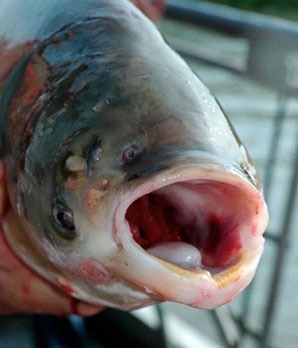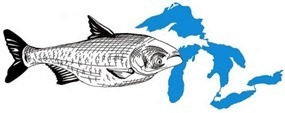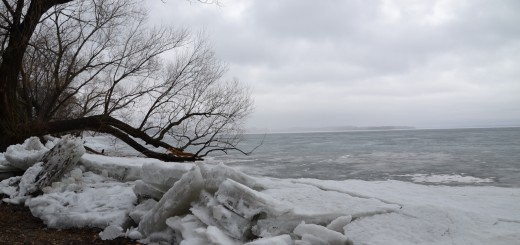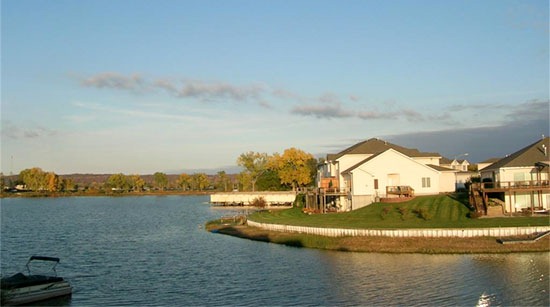Automated fish taggers will process 30 million Great Lakes salmon and trout
0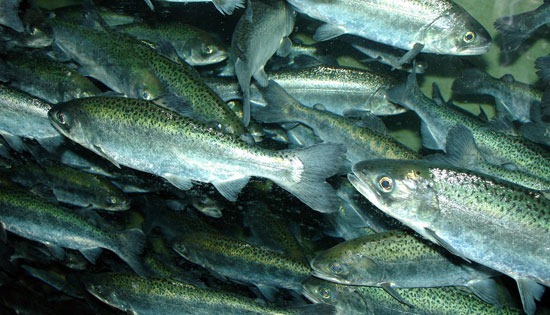
Manually tagging the roughly 30 million salmon and trout annually stocked into the Great Lakes would be an almost impossible feat. A new $1.4 million automated fish marking and tagging system, however, will make it possible for fisheries biologists to monitor these hatchery-origin fish without committing exorbitant hours of manual labor.
Tracking the population of salmon and trout in the lake became especially important over the last decade as the fish exhibited a decline in body weight and physical condition. It was eventually determined that fisheries were stocking the lake too heavily as natural reproduction was contributing more salmon to the lake than expected.
Many organizations still manually clip the fins and insert coded-wire tags on thousands of fish. The U.S. Fish and Wildlife Service, however, began purchasing automated units to monitor the salmon and trout in the Great Lakes, according to the Green Bay Press Gazette.
The automated system is called the AutoFish, developed for hatcheries monitoring by Northwest Marine Technologies. The Press Gazette describes the system as follows:
A self-contained mobile system in a 44-foot aluminum 5th-wheel trailer, it can sort by length, adipose clip and coded-wire tag fish from 57 to 142 mm without anesthetic or human handling. The salmon and trout are never dewatered during the process, thereby reducing fish stress.
A single unit can process roughly 60,000 fish per day, according to the article.
USF&WS has another AutoFish on the way and is purchasing another two. Eventually the service aims to have seven automated units along with three manual trailers. A similar program is in the works by the Ontario Ministry of natural Resources.
The U.S. program will tend to 26 hatchery facilities that stock salmon and trout. Funding for the USF&WS purchase of the automated units will come from the Great Lakes Restoration Act.
Salmon, trout population analysis goes high-tech [The Green Bay Press Gazette] Image Credit: http://en.wikipedia.org/wiki/File:Chinook_salmon,_Oncorhynchus_tshawytscha.jpg




